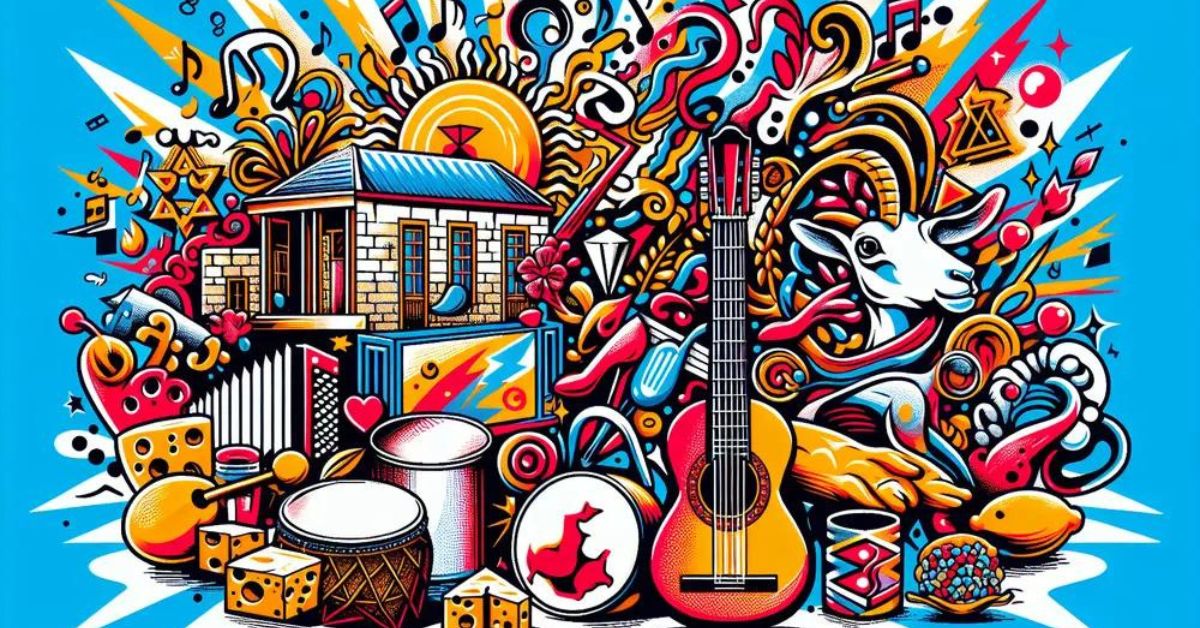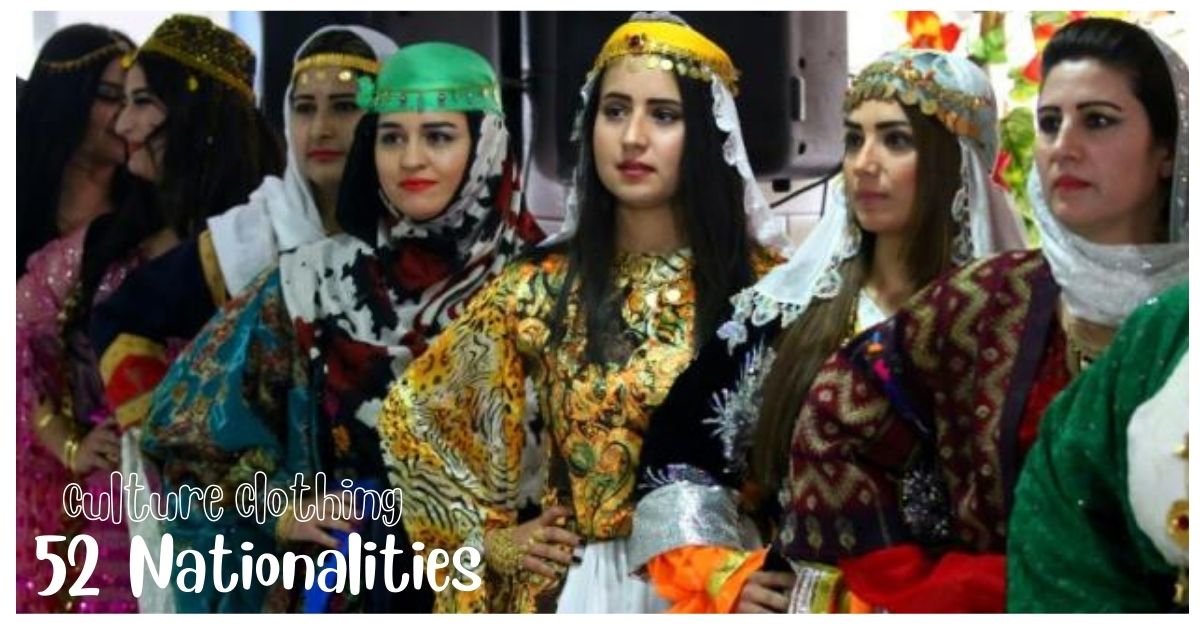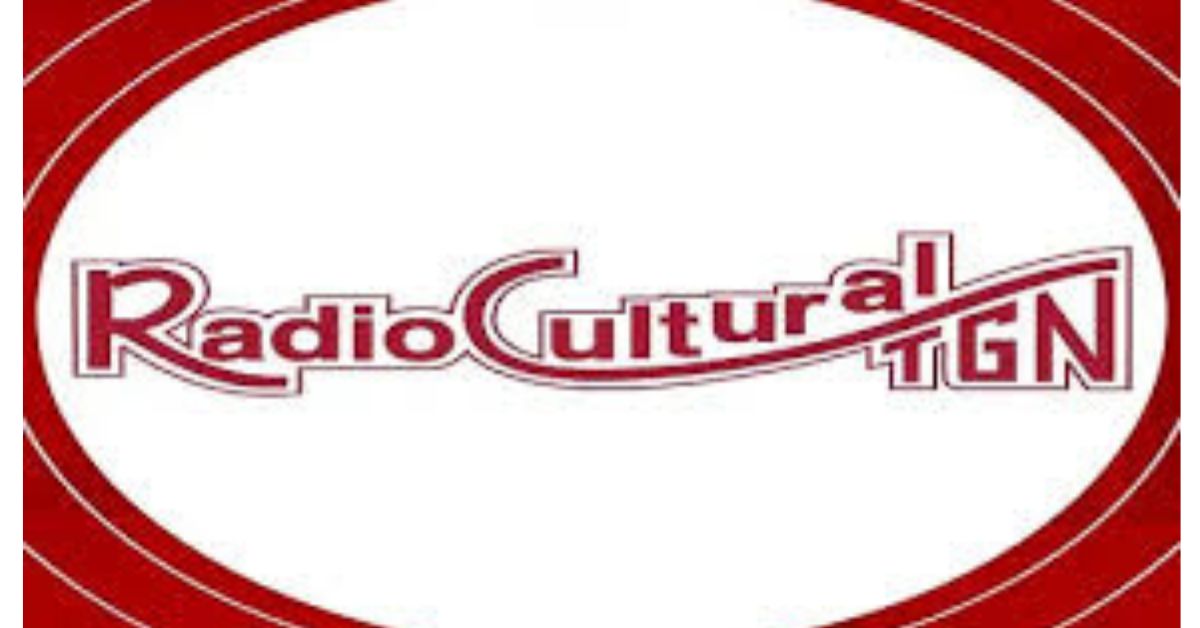Pop culture art, often referred to as “pop art,” is a form of visual art that draws inspiration from popular culture. This genre emerged in the mid-20th century and was heavily influenced by mass media, consumerism, and everyday objects. The movement became famous for its bold, vibrant imagery and its ability to reflect the societal changes and trends of its time. Pop culture art continues to thrive today, blending various forms of media, technology, and cultural symbols in a way that resonates with the public. Let’s explore the origins, key elements, and lasting influence of it.
The Origins of Pop Culture Art
Firstly, Pop art emerged in the 1950s and 1960s in both the United States and the United Kingdom. Artists like Andy Warhol, Roy Lichtenstein. Also, Richard Hamilton became key figures in this movement, using their work to challenge traditional notions of fine art. So at this time when society was experiencing the rise of mass production, advertising, and television, pop artists turned to these modern phenomena for inspiration.
Warhol’s famous Campbell’s Soup Cans and Lichtenstein’s comic strip-inspired paintings are perfect examples of how pop culture art embraced everyday objects. Also mass media as subjects worthy of artistic exploration. The goal was to blur the lines between “high” art and “low” culture, questioning what could be considered art and who decided its value.
Key Elements of Pop Culture Art
Bold Colors and Imagery
One of the most distinctive features of pop culture art is its use of bold, eye-catching colors. And these vivid palettes are often combined with recognizable images from popular culture, such as celebrities, advertisements, or commercial products.
Repetition and Mass Production
Satire and Irony
It often includes a layer of satire or irony, poking fun at the obsession with consumerism, fame, and materialism. This playful critique can be seen in Lichtenstein’s comic-style paintings, which mimic the exaggerated drama of comic strips while subtly critiquing the superficiality of mass media storytelling.
Pop Culture Art in Modern Times
It has evolved since its inception, with modern artists continuing to use it as a way to comment on contemporary society. In the age of social media, digital art, and viral trends, pop culture remains a major influence on creative expression.
Pop Culture Art and Social Commentary
While it is known for its vibrant and often playful nature, it also serves as a powerful tool for social commentary. Artists use this genre to explore themes like identity, gender, race, and political power. By referencing widely recognized cultural symbols and celebrities, they can critique societal norms and question the values that drive mass culture.
For example, artists might use familiar logos or images to challenge ideas of consumerism and capitalism, encouraging viewers to reflect on how these forces shape their lives. The art form’s accessibility makes it an effective medium for reaching a broad audience, making complex social issues more relatable and easier to engage with.
The Global Influence of Pop Culture Art
PIt has a global appeal, transcending geographic and cultural boundaries. Its focus on universally recognized symbols—like brand logos, celebrities, and consumer products—makes it easily understandable to people from all walks of life. Over the decades, pop art has inspired movements in fashion, graphic design, advertising, and even music.
The Future of Pop Culture Art
As technology and media continue to evolve, so too will pop culture art. The rise of digital platforms, NFTs (non-fungible tokens), and virtual reality has opened up new possibilities for artists to experiment with pop culture in creative ways. Artists can now collaborate globally, share their work instantly, and engage with audiences on a level never before possible.
In the future, we can expect it to remain a dynamic. Also ever-changing genre, constantly reflecting and responding to the latest societal trends and technological innovations. Its ability to adapt to new forms of media ensures that it will continue to resonate with audiences for generations to come.
Conclusion
Pop culture art has left an indelible mark on the world of visual art. By blending everyday objects, mass media, and consumer culture into their work, pop artists redefined what could be considered “art” and made it more accessible to the general public. Today, pop culture art remains as vibrant and relevant as ever, providing a creative lens through which to view and critique modern society. Its lasting influence is a testament to the power of art to reflect and shape culture.
FAQs
What is pop culture art?
It is a genre that draws inspiration from popular culture, including mass media, consumerism, and everyday objects.
Who are the key figures in pop art?
Andy Warhol, Roy Lichtenstein, and Richard Hamilton are some of the most prominent figures in the pop art movement.
How does pop culture art comment on society?
It is often uses irony and satire to critique societal norms, consumerism, and the influence of mass media.
How has pop culture art evolved in modern times?
Modern pop culture art incorporates digital media, social media influences, and internet culture, making it a dynamic and evolving genre.
How does pop culture art remain relevant today?
By adapting to new technologies like digital art and NFTs, pop culture art continues to reflect contemporary societal trends.









